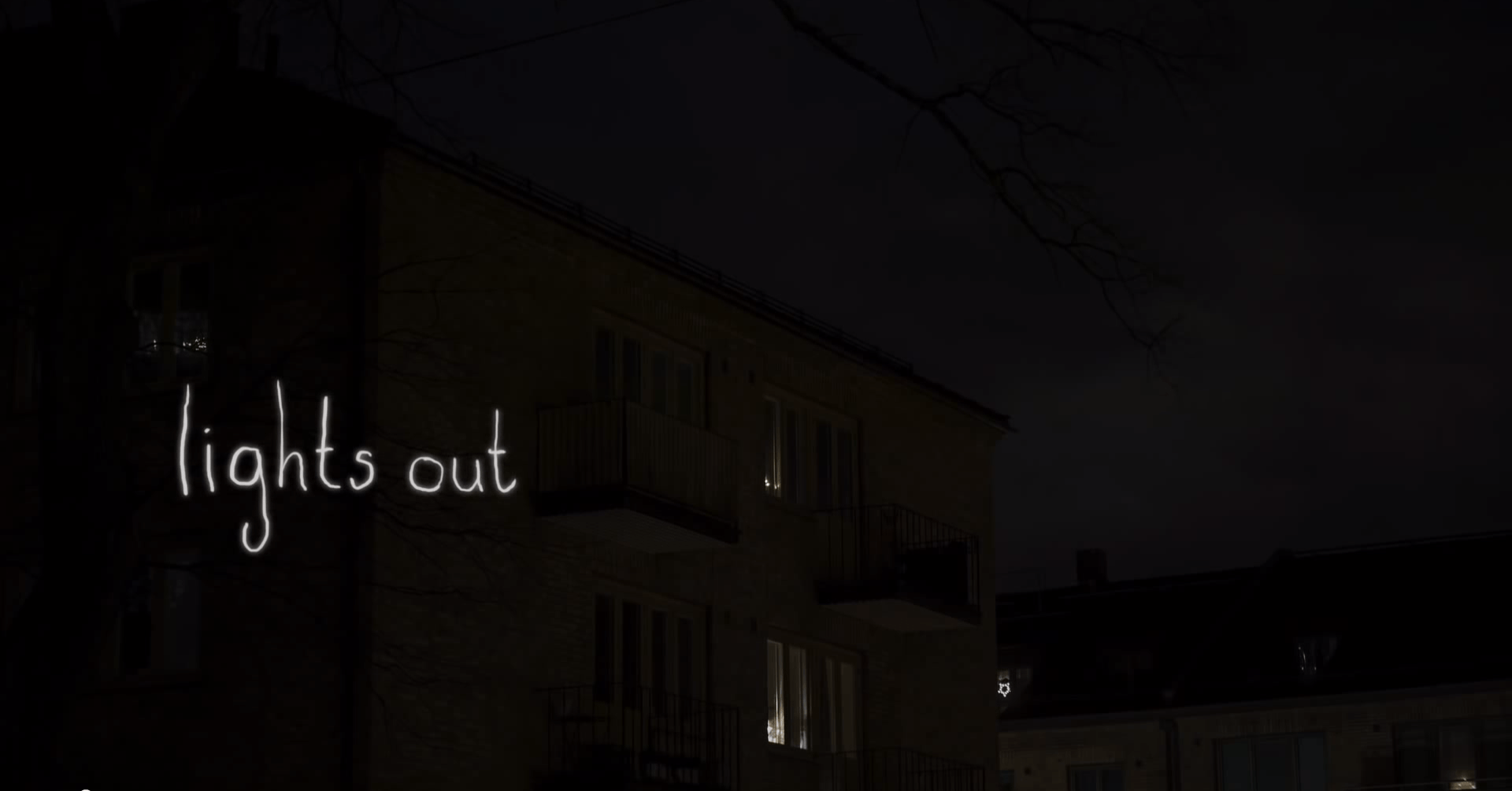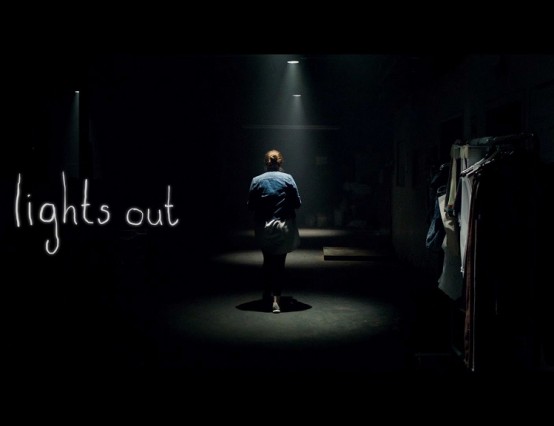
#LIGHTS OUT SHORT MOVIE MOVIE#
Not since The Babadook have I seen a movie that used its monster as a metaphor for mental illness as effectively as this one does. Good: The use of the monster as a metaphor is better thought-out than in many films Becca (Teresa Palmer) has been putting up with Diana for her entire life. Named Diana, she cuts a creepy figure in silhouette, and she’s got long, long fingernails she can use to attack. Lights Out is obviously filmed on a smaller budget - it seems to take place in about two different locations, with just five or six characters - but the fact that it can turn literally any place into a house of horrors simply by flipping a light switch gives it a great boost when it comes to staging terrifying sequences.Īnd make no mistake: This is one scary monster. In particular, the film uses everything from candles to cellphone screens to increase the tension in moments when the monster has, say, cut power to a city block and the characters need to cross vast swaths of darkness with only their wits to protect them.

There have been other creatures like this in movie history (perhaps most famously in Pitch Black, the film that spawned Vin Diesel’s Riddick character), but what makes Lights Out so much fun is that it takes place in our world, where light sources can pop up just about anywhere. Considering that films themselves are just contrasts of light and darkness, the concept gives director David F. Let’s just start with the fact that a monster that can’t attack when someone is standing in a pool of light is a great idea for a movie monster. Good: The monster is terrific on a bunch of levels See if you can spot the monster in this image.

I’ll warn you before I do so, however.īut before that, let’s talk about the good, the bad, and the divisive of Lights Out. So to talk about why I enjoyed Lights Out so much, I’m going to have to spoil some things. But it’s the kind of movie where I realized about 10 minutes in how wrapped up I was in the lives of the characters, and realized with about 10 minutes left that I was holding my breath that the director and screenwriter wouldn’t screw everything up.Īnd while I loved the ending, it’s proven incredibly divisive for what it might seem to say about depression. Yes, it has problems - one big one in particular. And the movie’s central metaphor - the monster is depression! - is surprisingly durable, allowing for some great character moments.

But you can’t build a whole movie from top-to-bottom out of that alone.There are sequences in this film that left the audience at my screening joyfully applauding their creativity and audacity. It’s just that in Lights Out, he had a bang-on jump-scare and an inspired visual idea. So we know the man can direct the shit out of a good horror premise. When he was given meatier material to work with in Annabelle: Creation, he fucking knocked it out of the park. Doing it in reverse is hard, and this film shows us why.Īnd of course, Sandberg is a very talented horror director. Usually you come up with the story idea first, and then build the imagery around that.

But the rest of the film’s parts are all working around that visual idea which was the genesis for the entire enterprise, and that’s a tough ask because it’s got the process pretty much backward. Sure, when the lights start flickering and then hit you with a jump-scare of a creepy-ass dreadlocked ghostie, it’s pretty satisfying. But it has to work to pigeon-hole that image into a functional plot and it doesn’t completely work. This is an OK horror movie, that relies heavily on a single (really scary!) visual image and trick. And it’s no surprise that when Sandberg tried to extend the really striking visual idea he had into a movie with a cast of characters and a back-story and a plot, the spooky shadow creature on its own wasn’t quite enough to carry all that weight. It’s not to say that a really clever image from a short film cannot possibly become a good feature-length film. The clip became so popular that, naturally a studio came bumbling over and commissioned it into a feature length film because clearly a 3-minute Youtube clip that leans entirely on one creepy visual image can be seamlessly lengthened into a satisfying feature.Įxcept, as the movie 9 showed us pretty unequivocally, this is not true. It’s a pretty brilliant little exercise in using silhouettes and editing to achieve maximum and visceral effect. Sandberg wrote, directed, scored, shot and gave birth to a 3-minute horror short called Lights Out.


 0 kommentar(er)
0 kommentar(er)
